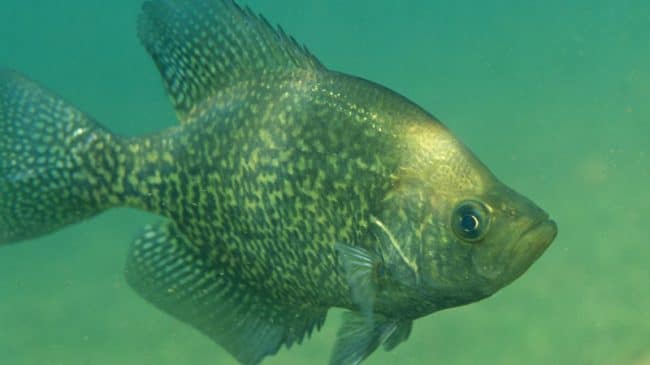In a couple of months, the federal government will decide whether to list the Montana population of the Arctic grayling (a freshwater relative of the salmon, but more the size of a trout) under the Endangered Species Act. The Act is being portrayed as necessary to ensure the grayling’s survival. Sadly, the Endangered Species Act has harmed conservation of the fish. Dialing the clock back almost twenty years shows how this occurred.
In 1995, there was a great deal of interest in reforming the Endangered Species Act, and Congress held a number of hearings. At one of those hearings, on May 25, 1995, David Cameron, an emeritus professor of biology and genetics at Montana State University, testified about his experience trying to conserve the grayling in Montana. Cameron was no ordinary pointy-headed academic because he also managed the 45,000 acre cattle and sheep ranch that had been in his family for decades. The Cameron family was widely known as outstanding conservationists. For example, David’s father reintroduced pronghorn (commonly known as pronghorn antelope).
Following this long and proud family tradition of conservation, David was keen to reintroduce grayling because he knew the species was rare in Montana and needed a boost. It turned out the family ranch had ideal habitat, and David was all set to proceed with the reintroduction when he learned the U.S. Fish and Wildlife Service was considering listing the fish under the Endangered Species Act.
Given that the Endangered Species Act works against landowners conserving imperiled species, David Cameron’s testimony before Congress about his experience with the grayling is just as relevant today as it was in 1995:
“People knowledgeable about the heavy-handed approach of the Feds counseled me to forget the [grayling reintroduction] experiment. We might lose the right to graze our pastures. My recollections of the horror stories in stockmen’s journals about the hazards of hosting an endangered species didn’t help, and I sadly bowed out. It seemed a good deed would probably go punished, and life had sufficient complications without Federal agents giving orders.
“And I simply can ask you, ladies and gentlemen, how many times do you think this sort of thing has been repeated throughout the country? How often have people felt terrified by the consequences of supporting some poor creature on their habitat that they are responsible for managing? I think it is more often than you may think. And it is just one more step to proceed from failing to do a good deed to worrying about, hey, I had better get rid of it before somebody declares that it is an endangered species. And I know that has gone on.
“Reasonable property owners are frightened and angry at you, the government, for managing with brick bats. Why does the hosting of a rare and troubled creature have to be a threat to their livelihood rather than a source of pride and pleasure? It doesn’t.”
Sound words, indeed, and a lesson to those who think the Endangered Species Act is good for conservation. Were it not for this country’s penalty-based approach to conserving endangered species, the Montana grayling might well have much brighter prospects today, including not being listed under the Endangered Species Act.
